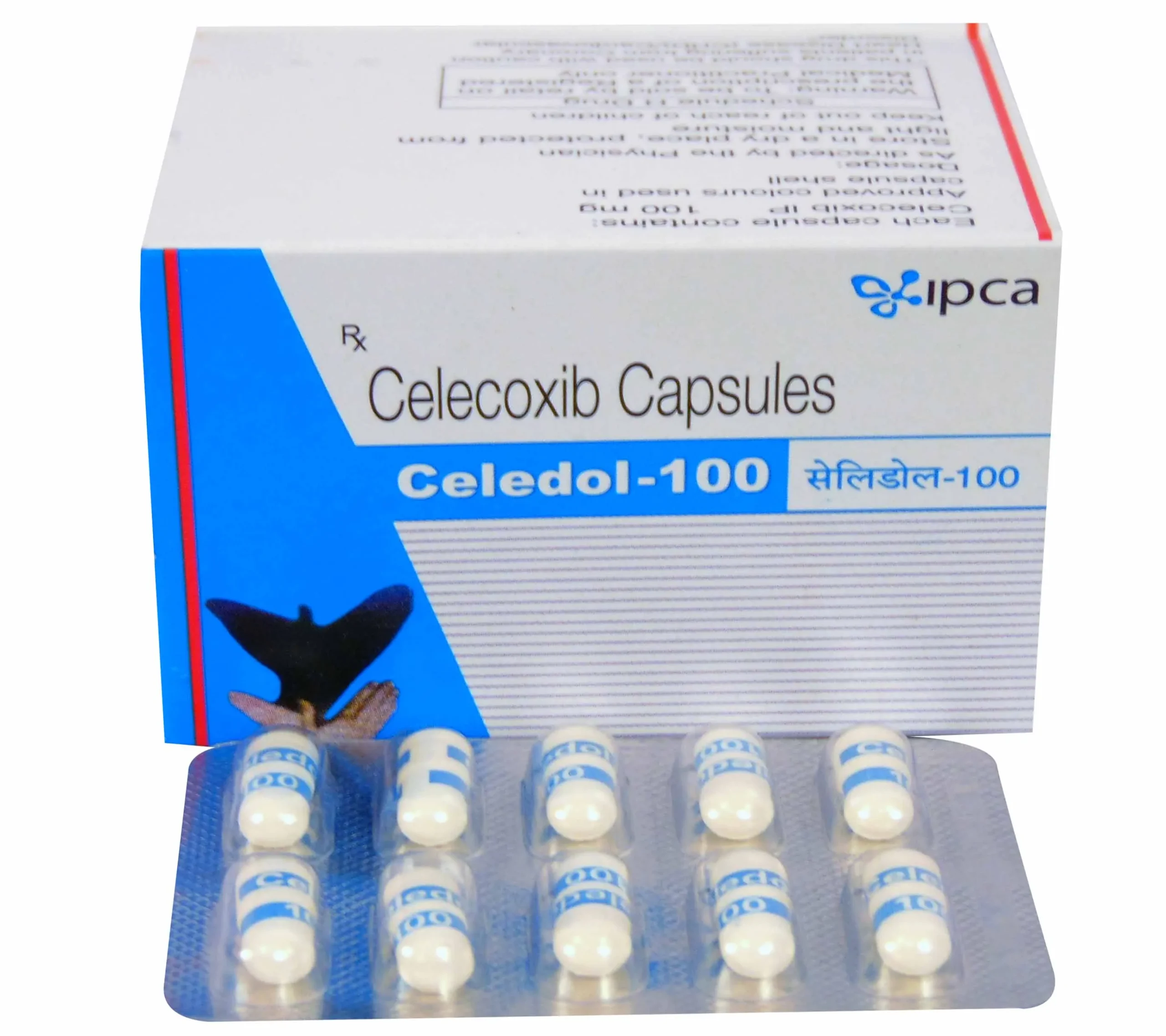Surface Mount Technology (SMT) assembly is a crucial process in electronics manufacturing, where components are mounted directly onto the surface of printed circuit boards (PCBs). Ensuring high-quality soldering in SMT assembly is vital for the performance, reliability, and longevity of electronic devices. This article covers the best practices for achieving superior soldering quality in SMT assembly.
1. PCB Design for Manufacturability
Designing a PCB with manufacturability in mind reduces defects and enhances overall production efficiency. Here are key considerations:
- Proper Pad Design: Ensure correct pad size and spacing to prevent solder bridging and improve component placement accuracy.
- Thermal Management: Incorporate thermal relief pads to prevent overheating and ensure uniform soldering.
- Component Placement: Avoid placing components too close together to minimize soldering defects and allow proper heat dissipation.
- Solder Mask Design: Use solder mask-defined pads (SMD) to improve solder paste adhesion and minimize defects.
2. Solder Paste Selection and Application
Solder paste plays a critical role in SMT assembly, acting as the adhesive and conductor for components. To ensure optimal soldering:
- Choose the Right Solder Paste: Consider factors such as alloy composition, flux type, and viscosity to match your specific assembly needs.
- Controlled Application: Use stencil printing with precise thickness control to ensure uniform paste deposition.
- Storage and Handling: Store solder paste at recommended temperatures and conditions to prevent degradation.
3. Accurate Component Placement
Automated pick-and-place machines ensure high accuracy in component placement. Best practices include:
- Calibrating Machines Regularly: Frequent calibration ensures precision and minimizes placement errors.
- Component Packaging Inspection: Verify component orientation and quality before placement.
- Use of Fiducial Marks: Implement fiducial marks on the PCB to improve alignment accuracy during assembly.
4. Optimized Reflow Soldering Process
Reflow soldering is a crucial stage in SMT assembly. Ensuring a well-optimized process prevents defects such as tombstoning, solder voids, and cold joints:
- Use a Proper Reflow Profile: Optimize temperature settings for preheating, soaking, reflow, and cooling stages to ensure uniform soldering.
- Monitor Conveyor Speed: Maintain consistent conveyor speeds to ensure even heat distribution.
- Ensure a Clean Reflow Oven: Regular maintenance of the reflow oven prevents contamination that can lead to defects.
5. Quality Inspection and Testing
Implementing rigorous inspection and testing protocols helps detect and rectify defects early. Effective techniques include:
- Automated Optical Inspection (AOI): Uses high-resolution cameras to detect misaligned or missing components and soldering defects.
- X-ray Inspection: Essential for inspecting hidden solder joints, especially for BGAs (Ball Grid Arrays).
- Functional Testing: Verifies the operational integrity of assembled PCBs before final integration.
6. Proper Handling and Storage
To maintain high-quality SMT assemblies, proper handling and storage are essential:
- Moisture Control: Store components and PCBs in humidity-controlled environments to prevent moisture absorption.
- ESD Protection: Implement Electrostatic Discharge (ESD) safety measures, such as using antistatic mats and wrist straps.
- Avoid Excessive Handling: Minimize manual handling of PCBs to reduce contamination and potential damage.
7. Continuous Process Improvement
Quality in SMT assembly is an ongoing process. Regularly analyze production data, identify recurring defects, and implement corrective actions to enhance efficiency and product quality.
Conclusion
By following these best practices for SMT assembly, manufacturers can ensure high-quality soldering, reduce defects, and improve overall product reliability. Investing in advanced inspection techniques, optimizing reflow soldering parameters, and implementing strict handling protocols are key to achieving success in SMT manufacturing.
For businesses seeking to enhance their SMT processes, partnering with experienced contract manufacturers and utilizing cutting-edge equipment can lead to superior outcomes and long-term success.





